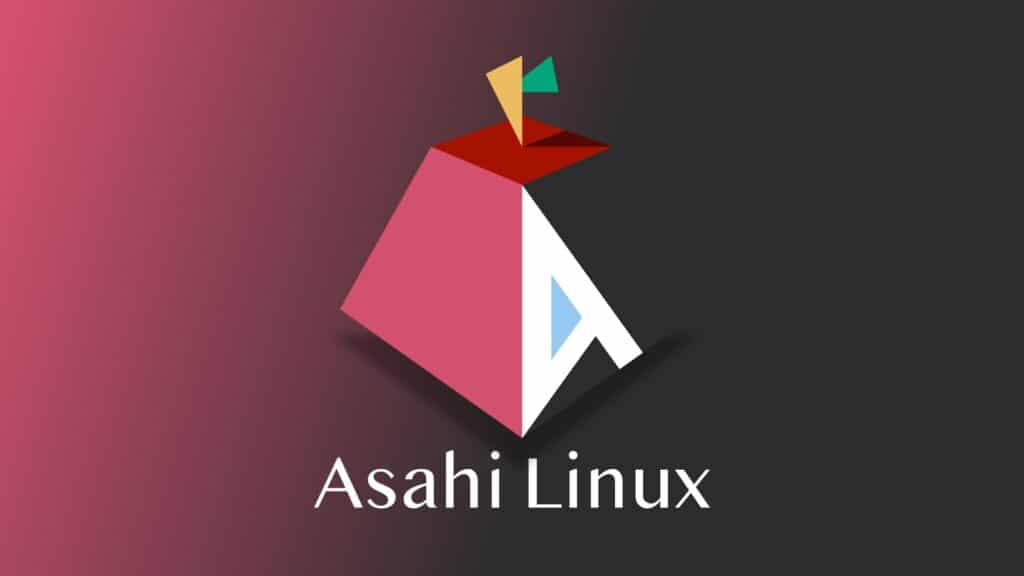Alyssa Rosenzweig, the lead developer behind Asahi Linux’s Apple GPU reverse-engineering effort, has officially stepped down after bringing the project to a point many once thought was out of reach.
We’ve succeeded beyond my dreams. The drivers are fully upstream in Mesa. Performance isn’t too bad… Satisfied, I am now stepping away from the Apple ecosystem. My friends in the Asahi Linux orbit will carry the torch from here.
Her work has been central to making Apple Silicon Macs usable under Linux. According to her, what began years ago with the first triangle rendered on the M1 GPU has now reached full hardware support, covering graphics, compute, audio, and wireless.
With those pieces in place, Linux users on M1 and M2 Macs now have an experience that’s far closer to what they’d expect from any mainstream system.
Rosenzweig explained that this marks the “end” of the Apple M1 GPU reverse-engineering journey. The Asahi Linux project now features a working, open-source driver stack for Apple GPUs, allowing users to run a wide range of applications, from desktop environments to games, with proper acceleration.
A quick recall: just earlier in 2025, Hector Martin—the project’s founder and long-time Assahi Linux leader—also stepped down. He cited a mix of upstreaming frustrations, burnout, and mounting personal and community pressures.
Following his departure, the distro adopted a new collective leadership model. A team of seven developers—including Rosenzweig herself—now shares decision-making.
As you can imagine, taken together, these shifts mark a major turning point. With both founder and GPU lead stepping away—though Rosenzweig only after a successful wrap-up—the challenge now is to keep pushing forward: upstreaming more Apple Silicon support, and building out continuous testing and integration infrastructure.
The good news is that it looks like this transition doesn’t mean the Asahi Linux project itself is slowing down. Other contributors are expected to carry the work forward, especially as Apple continues to roll out newer generations of its chips.
Lastly, Rosenzweig pointed to Intel’s Xe-HPG architecture as her “next challenge,” signaling a shift into high-performance, discrete GPU work—especially given Xe-HPG’s promise of real-time ray-tracing and mesh shading.
All that’s left is to sincerely thank her for everything she’s done to bring Apple Silicon Mac GPUs to Linux, and to wish her even greater success in her future endeavors.
For more information, see the announcement on Rosenzweig’s blog.
Update: According to Rosenzweig’s CV, she is moving forward with her career at Intel, where she’ll be working on designing and developing OpenGL and Vulkan drivers for Intel’s GPUs to improve gaming on Linux.


You’ve mixed up their pronouns throughout the article here. Please correct them
Them who?
Hector Martin is a male, whether he likes it or not.
Alyssa Rosenzweig is female, whether she likes it or not.
You cannot wish to be something. You either are or you’re not. Deal with it.
*just wish
It seems you have a very limited understanding of “be”.
“I can distinct male from female”
Apparently, you are not able to. Alyssa is a man, not a woman.
IDC what someone wants to call himself/herself, I can distinct male from female and I call them as such. Offended? To put it in the words of my favourite anime character: OMG, who the hell cares?!
Interesting correlation of this with recent news about “recent Intel layoffs” that affect Linux devs and comments like “According to other reports by Phoronix, Intel has been losing Linux driver developers/maintainers at an accelerated rate since February of this year. “